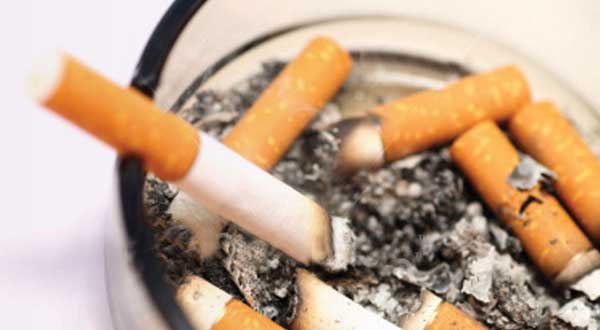Smoking tends to disguise the damage taking place to teeth and gums.
Usually infected gums are red, puffy and bleed easily when they are brushed. Smokers’ gums are not like this – they are pale and thin and do not bleed readily. The nicotine contracts blood vessels, reducing the blood flow to the gum and bone. This masks the signs of disease and also undermines the body’s ability to combat infection.
Also, chemicals in the smoke combined with plaque bacteria create a dangerous combination. X-rays taken of the teeth of even young smokers usually show that bone support has begun shrinking away from the tooth roots. Most of the deterioration is deep and out of sight and there are only a few early warning signs.
Nicotine also has a profound effect on saliva, promoting the formation of the thicker ‘mucous’ form of saliva at the expense of the thinner watery ‘serous’ saliva which is instrumental in counteracting the effects of acid attack after eating. This effect of nicotine explains why some heavy smokers get decay even if they are brushing well.
Smokers are six times more likely to have serious gum (periodontal) disease that can involve not just the pink gum but also the supporting bone and the membrane that holds the teeth in place. In advanced gum disease, teeth can become loose and eventually need to be extracted.
Most important to understand is that smoking can hide the signs of gum disease for years and the condition can be very advanced before a smoker notices any damage. Slight infections around the edges of the gums are common and easily treated, but smoking allows the condition to progress more deeply and seriously.
Flossing and careful brushing tends to slow down the deterioration, but smokers often have reduced sensation in their mouths and it is difficult to detect and remove all the plaque at the gum margins.
Besides the damage to teeth and gums that smoking can cause, it still remains the single biggest risk factor in contracting oral cancer. You can read about this in the Oral Diseases section of this website where you’ll find detailed information on its causes, symptoms and early detection.
Source: www.dentalhealthweek.com.au





